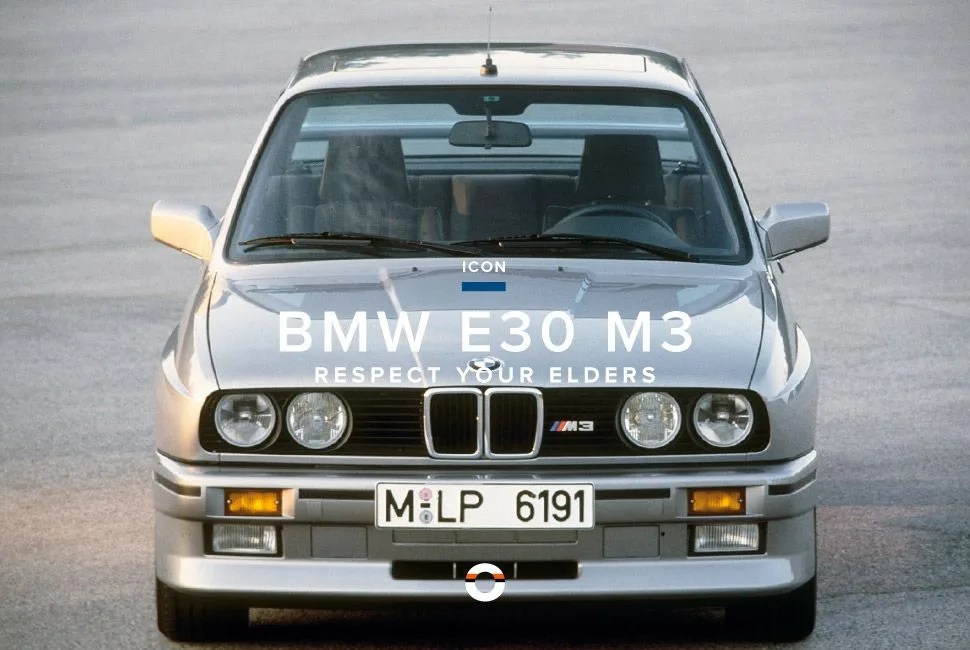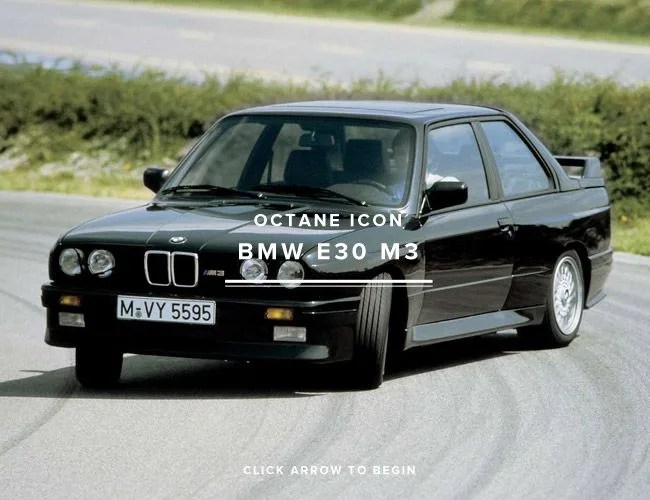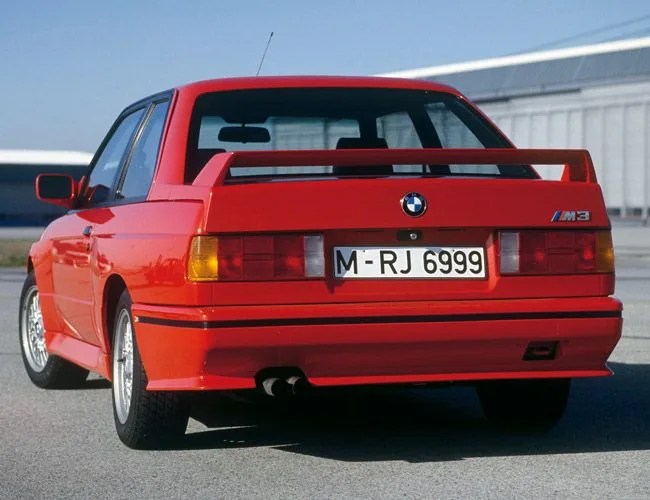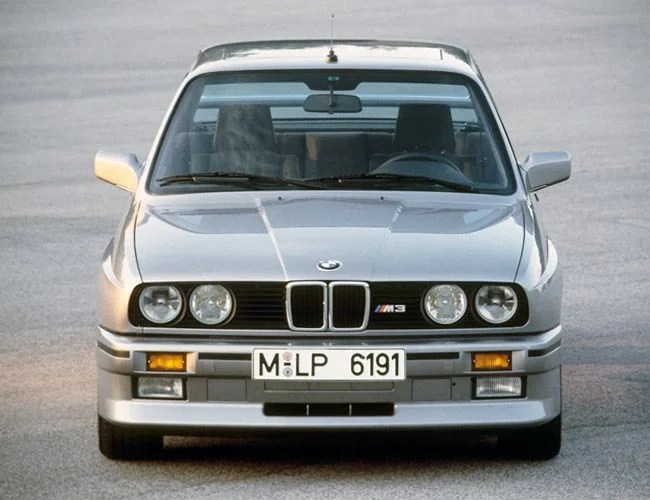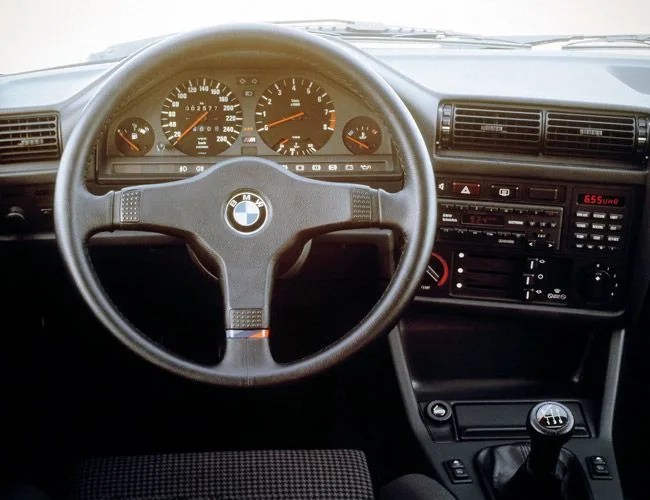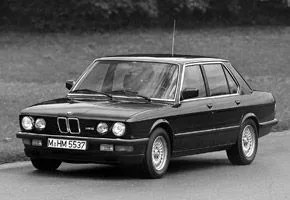The BMW M3 easily shows up in the top 10 performance cars on just about every critic’s list. With the new M3 just on the horizon, it’s time to pay homage to the original: the BMW E30 M3. It’s a classic that still looks good, calling to mind Sean Connery in The Hunt for Red October — handsome, tough and no-nonsense. All the first M3 did was cement the German sports coupe/sedan category in the annals of automotive history.
MORE DREAM MACHINES Porsche 917 | Lamborghini Countach | BMW M1
What It’s All About
For Bimmerphiles the E30 name needs no explanation, but the designation means precious little to the masses on the outskirts. The E30 was produced from 1982 to 1993, and if you see the base version on the streets (yes, they’re still around), it’s obvious the clean and simple styling has stood the test of time. The basic three-box design is a bit on the stubby side — but in an attractive way. A lack of extraneous lines lends to a rather understated car. The M3, however, comes across as a far angrier, far more muscular brother. And the results aren’t just on the surface.
If you’ve ever had the chance to see one in the flesh, or even better, to sit in one and actually drive it, the E30 M3 comes across as singularly purposeful. It looks like a regular E30 3-Series that’s done 180 days of P90X. Sure, it was a pretty practical car in that you could drive it every day, but the bulging fenders and sinewy body clearly communicated its intentions — racing. The interior, though embarrassingly spartan by today’s standards, still looks good to us automotive freaks. The driver enjoys a spindly but focused steering wheel, a purposeful dashboard and a driver-focused angled center console, which almost completely ignores the front passenger (though, he too, can appreciate what BMW did with the interior). Aside from the BMW M1 supercar, the E30 M3 is quite possibly the most iconic BMW of all time.
A car such as this — designed solely for racing — was unheard of in the consumer market. The impression the M3 made would stick.
Don’t make the common mistake of thinking that the E30 M3 was birthed from the E30 road car, though. The reverse is actually true. The road car was created to justify homologating the M3 for the racing circuit. The E30 was designed to compete with the Merc 190E on the Group A Touring race series. As opposed to later generations of the M3 performance car, the E30 M3 was specifically promoted by BMW for the DTM (Deutcshe Touren Meisterschaft), and the FIA mandated that 5,000 production M3s were required to enter. BMW, of course, had no problem selling all 5,000 civilian versions.
7 photos
